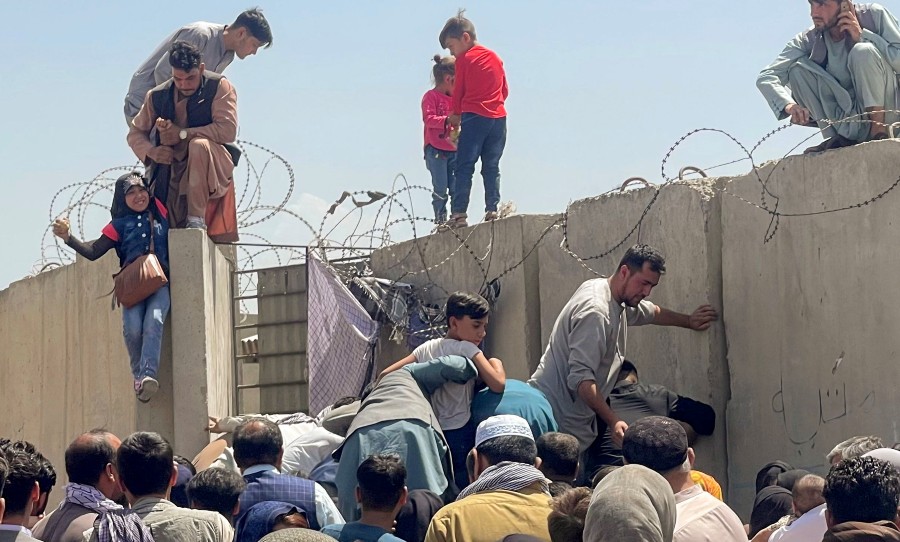Australia’s response to the Afghan crisis is a hot topic at the moment, but what are we really doing to help?
Images circulating the internet depict nothing short of terror for the citizens in Afghanistan.
Massive crowds of desperate civilians trying to board outgoing planes, women and children being torn from the streets and the public torture of those who dispute the Taliban, are just the tip of the iceberg in this national crisis.

The Taliban was quick to reprise following the withdrawal of American soldiers, which began in early May. The nation’s capital, Kabul has since been captured and taken over by the extremist group.
This prompted the chaotic efforts of Afghan citizens to flee the country. Many countries are developing dedicated refugee programs that inevitably face the fate of displacement.
But what is Australia doing to help? How do these efforts compare to those of other developed countries? The single thing any nation can do to assist with the developing crisis is allowing Afghan refugees to take asylum in their country.
Australia is set to allow 3000 places, within its already established humanitarian visa program, for those currently escaping Afghanistan.
It is important to note that this number comes from an already existing 13,750 humanitarian visas offered each year and is NOT an additional intake.
Australia is not allowing anything above their usual refugee intake but rather setting aside some “special passes” for the Afghans caught up in the current crisis. This plan falls far and few between when compared to what other countries are doing to show their support.
Canada has discussed plans to resettle more than 20,000 Afghans, particularly those most vulnerable such as women, LGBTIQ+ members, humanitarians and reporters. This has been presented as an addition to the current refugee visa allowance.
Similarly, the UK has also said they will provide a matched 20,000 additional refugee visas, with the first 5,000 given to the priority groups.
Three things the Prime Minister should do to help Afghanistan:⁰1. Evacuate Afghan ADF interpreters and their families.⁰2. Match the UK & Canada by taking 20,000 Afghans fleeing persecution by the Taliban.⁰3. Grant permanent visas for Afghans already in Australia on temp visas.
— 💚🌏 Sarah Hanson-Young (@sarahinthesen8) August 18, 2021
It’s important to note that both of these countries have had a military presence in Afghanistan, similar to that of the Australian forces.
Other nations who have previously deployed troops to Afghanistan, such as Europe and New Zealand, have stepped up to the plate and plan to do their part in the evacuation and refuge.
Regardless of their significantly smaller scale, New Zealand has already identified 200 eligible Afghans within their deployed troops and families.
Prime Minister Scott Morrison has spoken out about these countries efforts saying “Australia is not going into that territory” and has “no plans” to operate a model at a similar scale.
The prime minister acknowledged that the UK, US, and Canada are each welcoming 20,000 vulnerable Afghan refugees amid the Taliban takeover — almost seven times the amount Australia will take — and made it clear he would not be matching their commitment. https://t.co/tt4w12oO74 pic.twitter.com/cpIh0u7rQe
— Crikey (@crikey_news) August 18, 2021
The government has already significantly reduced their refugee intake from 18,750 to 13,750 in last years budget and people are calling on the country to do more.
This is a crisis untouchable by reserved effort, everyone and every nation with the capability must act swift and hard.



